The successful completion of this €26 million investment means that Dillinger can now produce larger volumes of ultra-heavy steel plate and do so in a more sustainable process.
Dr. Peter Maagh, Head of Technology and Production, said: "We can now heat 600 millimeter plates cast in the CC 6 continuous caster directly in the pusher-type furnace. This means a significant increase in capacity compared to the previous process using a bogie furnace."
For the customer, this means increased availability of large and heavy plates. These plates, in turn, can reduce the need for weld seams and, through more efficient production, ultimately enable more offshore foundations to be produced and installed. The modernization of the plate pusher-type furnace as well as the new edge milling machine, thus enabling the delivery of "prefabricated" offshore wind plates, are part of a series of investments in the offshore wind market currently being planned and implemented at Dillinger.
Explaining the investment strategy for the future, CEO Stefan Rauber said: "Offshore wind is a growth market in which we want to participate significantly as market leader. With our technology, innovative products and customer service, we are a strong driver in the energy transition. This is also part of our commitment for the future in line with the Pure Steel + concept."
The upgrade of the plate pusher furnace 2 at the Dillinger rolling mill was completed on schedule in exactly three months, despite extensive work extending to the machine foundations. In addition to increasing plate thickness and weight, the modernized furnace saves 750 MWh of electrical energy per year, which is equivalent to the annual electricity consumption of 250 households.


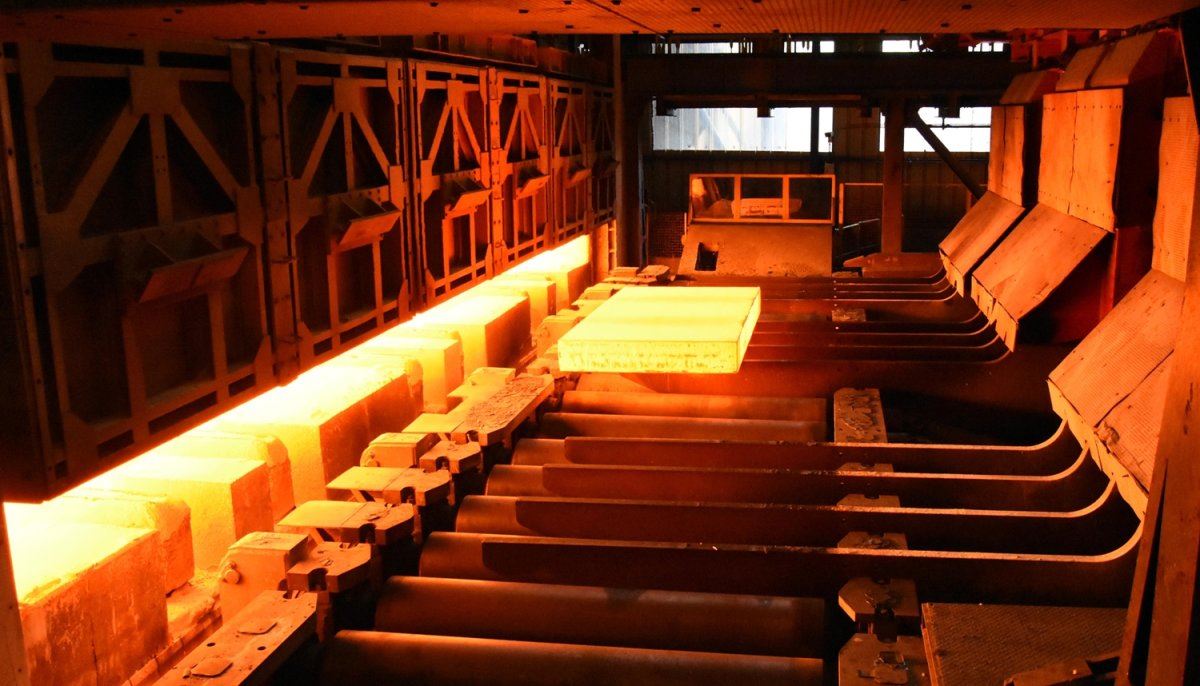

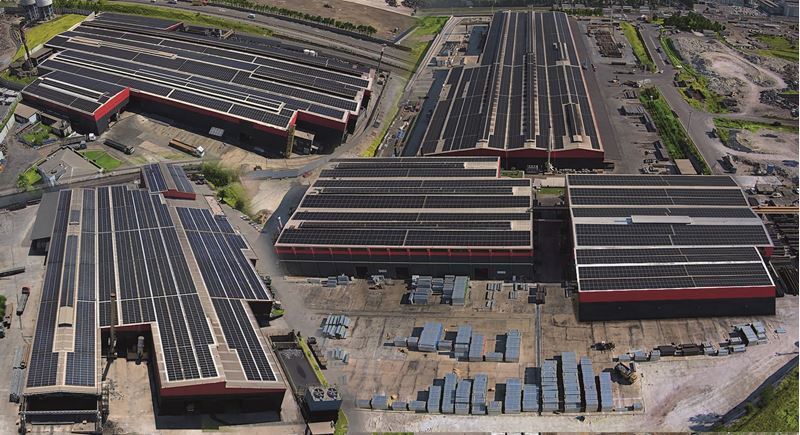
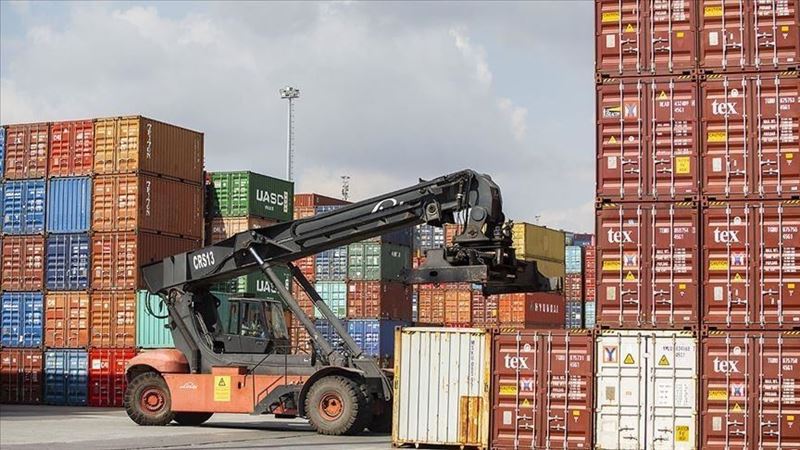
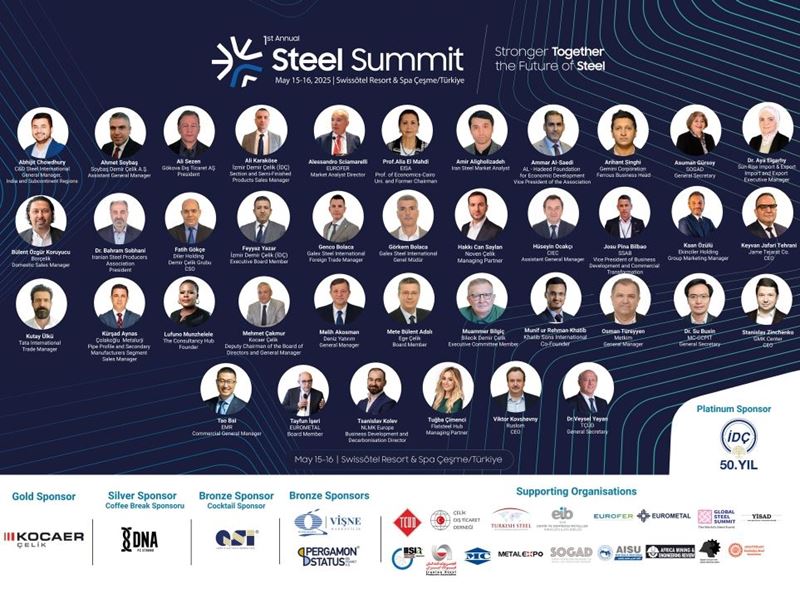

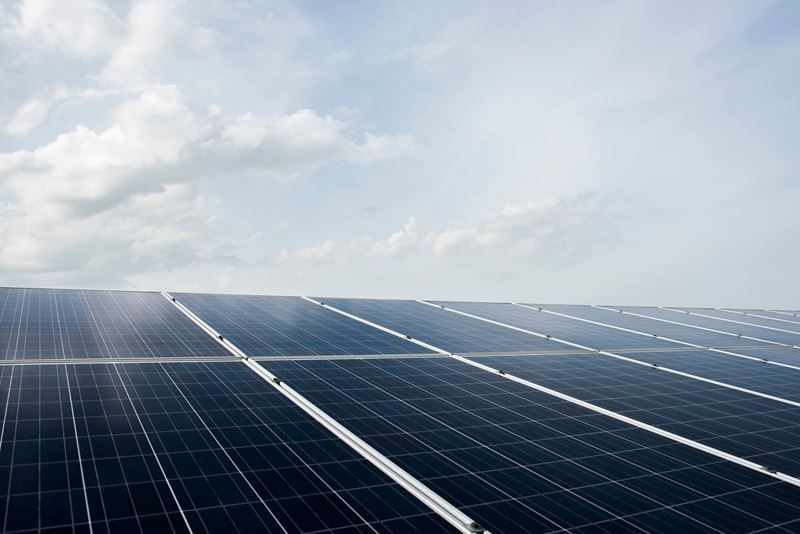


Comments
No comment yet.